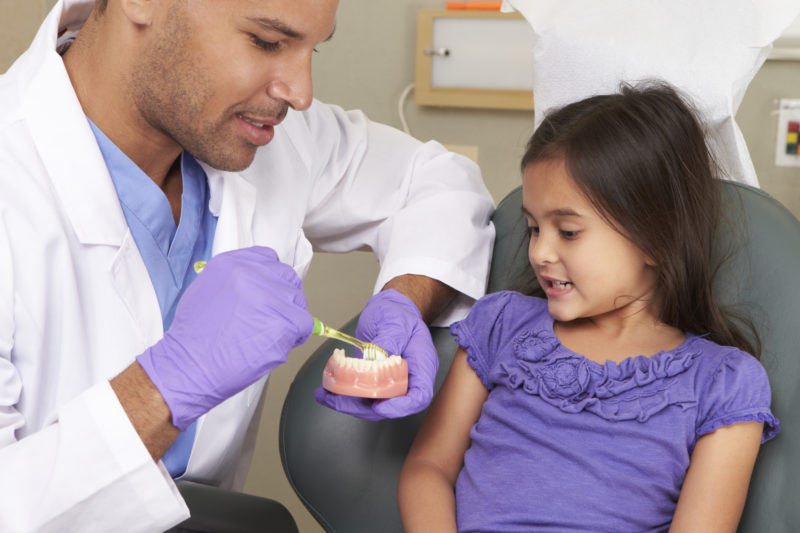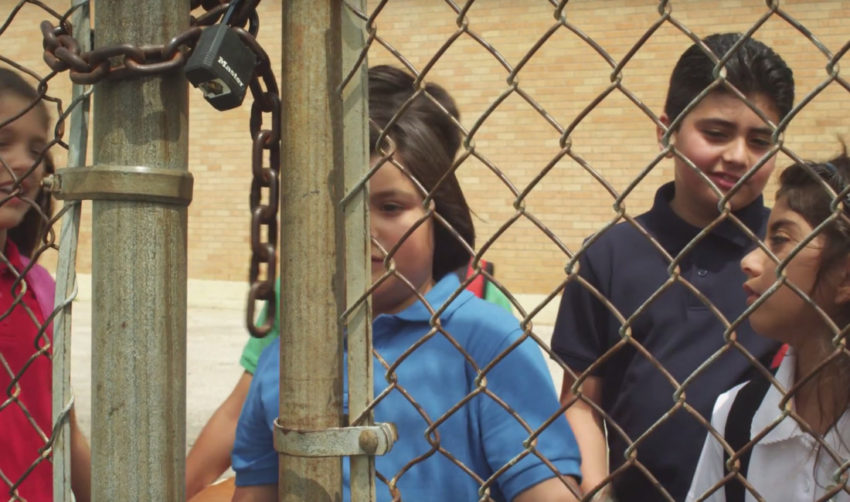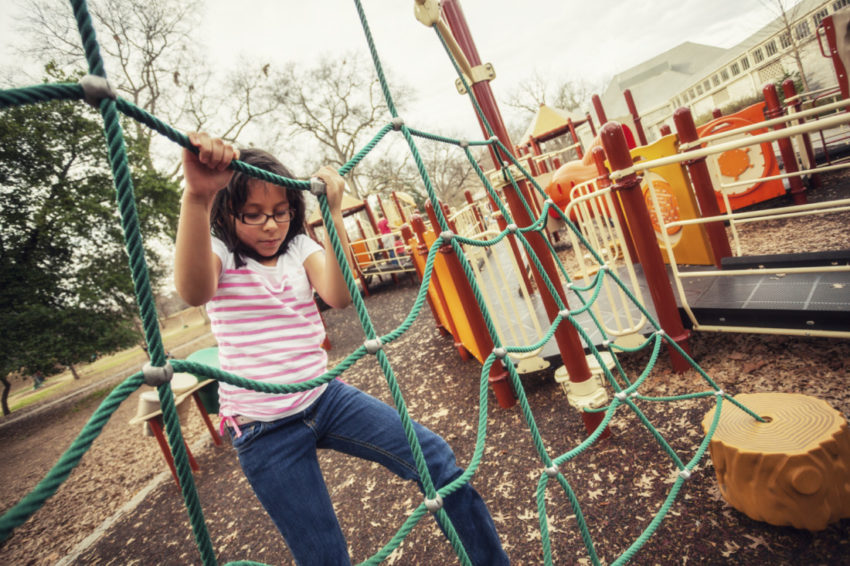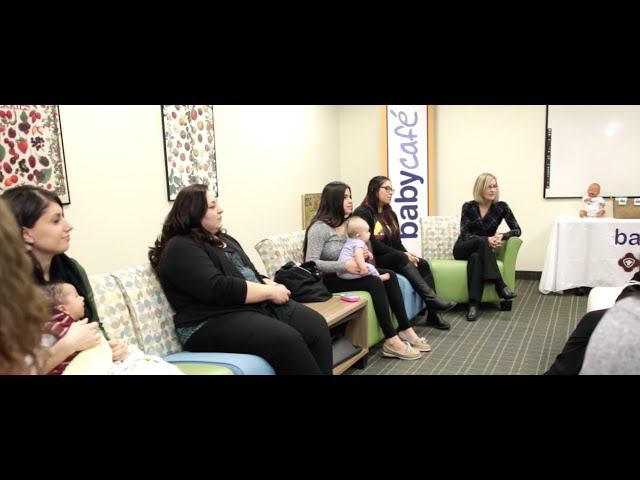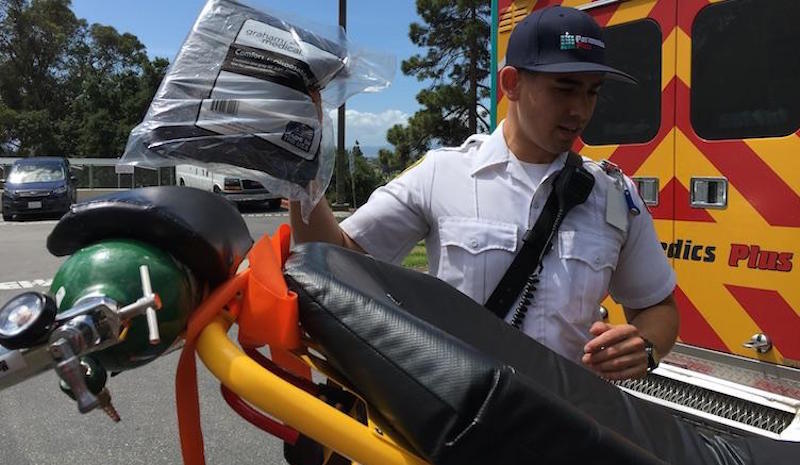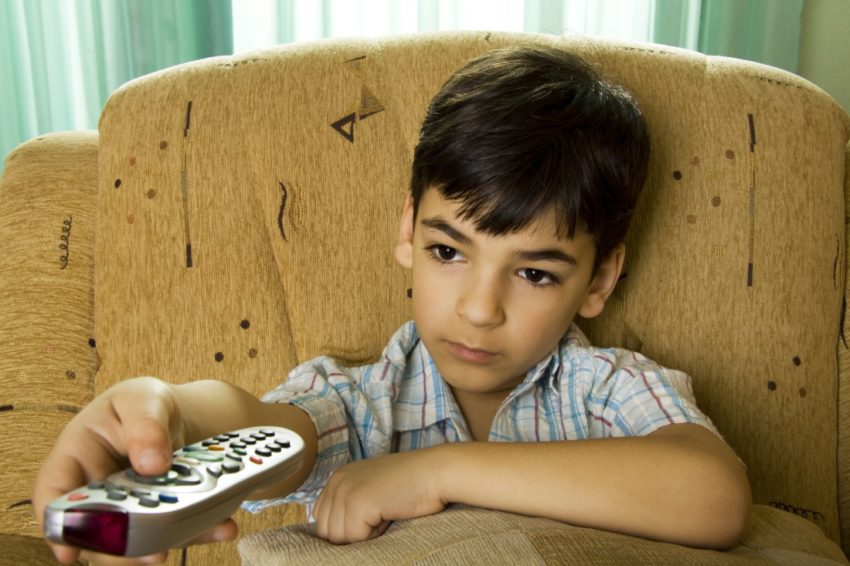4 Easy Steps to Open Schoolyards after Class

Many schoolyards are locked up after classes end. That means many kids, especially in Latino neighborhoods, miss out on a great chance for the physical, emotional, and social benefits of physical activity and play. Want your district to consider an Open Use Policy so local residents can play and be physically active on school fields, playgrounds, and similar facilities after class? Download a free toolkit from Salud America! to start the conversation! Our 2-page toolkit, 4 Easy Steps to Push for Open Use at Your School, outlines how to ask your local school leaders to consider creating an Open Use Policy. This type of policy allows a school to formally grant public access to its recreational facilities, such as fields, outdoor courts, gyms, and pools, and set up roles and ...
Read More
